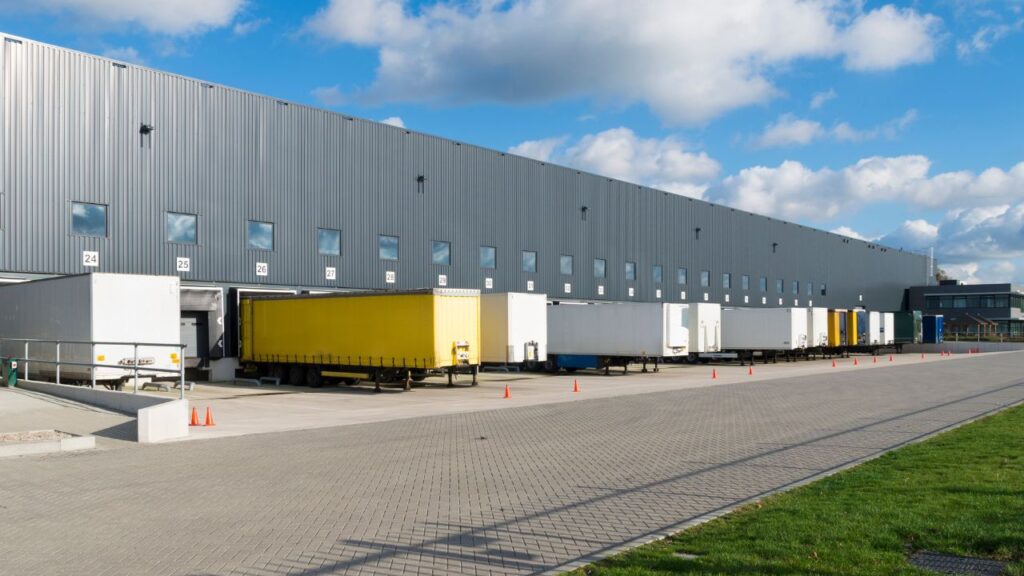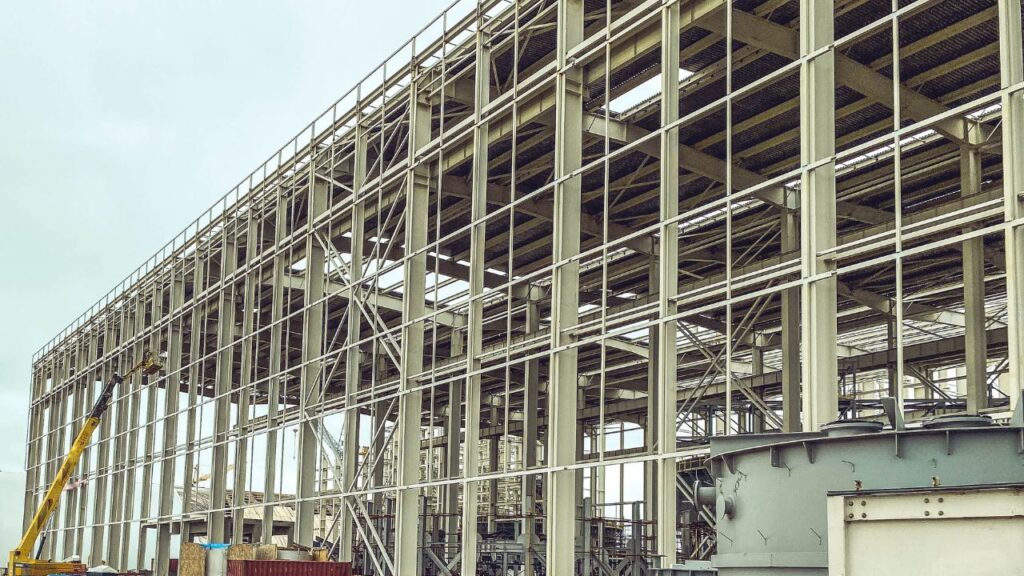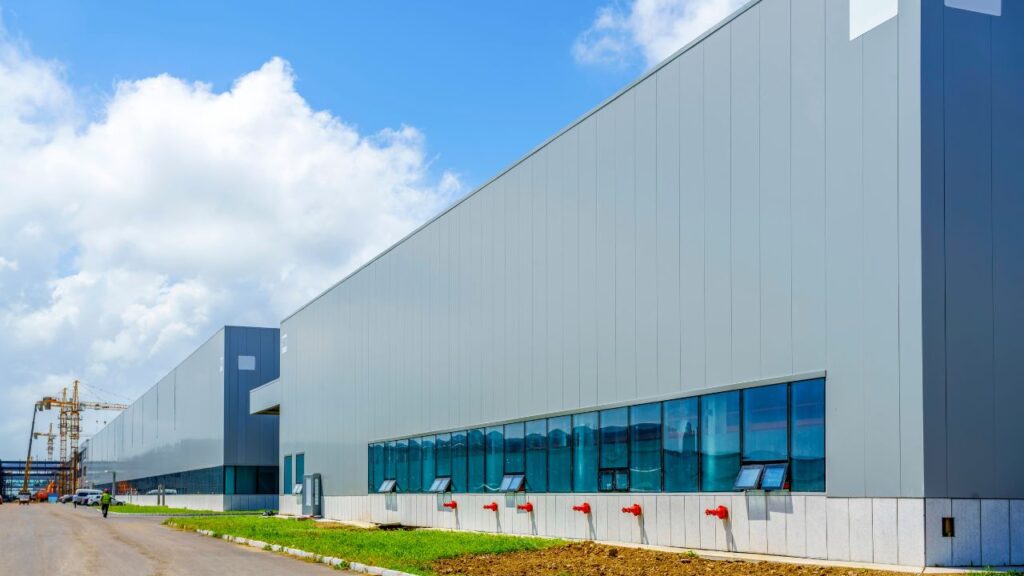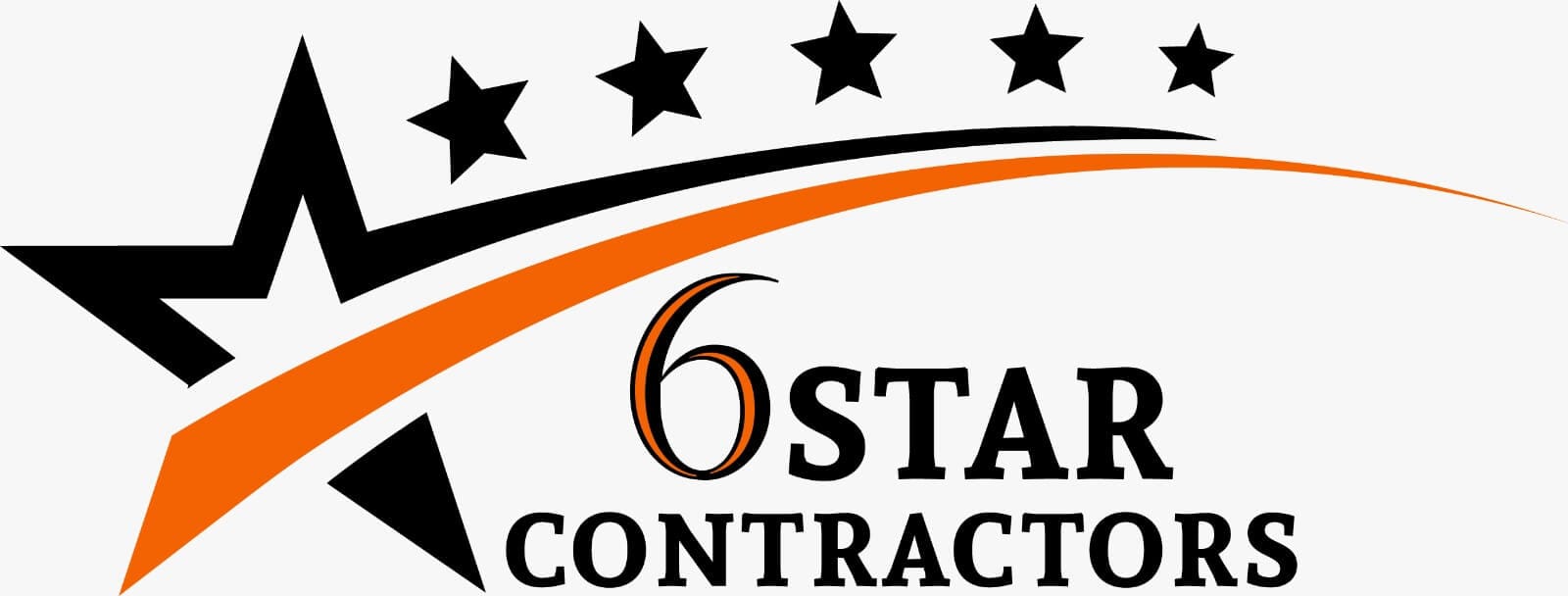Boost Your Metal Building Bids – Request a Precision Estimate!
- Accurancy
- Efficiency
- Transparency
- Customization
- Time Saving
- Professionalism
- Cost Control

Embarking on the construction of a storage building is a substantial and multifaceted endeavor, demanding meticulous attention to various aspects, with the choice of materials emerging as a paramount consideration. In this comprehensive guide, we aim to navigate the intricate landscape of storage building construction, placing particular emphasis on the merits of utilizing metal as a primary building material. Metal stands out prominently among the diverse array of options, distinguished by its innate qualities of durability, versatility, and cost-effectiveness.

This guide serves as your compass, providing a detailed exploration of the factors that intricately shape the cost dynamics associated with employing metal in storage building construction. Armed with this knowledge, you will be empowered to make judicious and informed decisions, steering your project towards success.

Make Informed Design Decisions Showcase Your Design Ideas
Get RenderingIn the realm of storage building construction, metal, predominantly in the forms of steel or aluminum, has risen to prominence as a preferred and versatile building material. The inherent strength, durability, and adaptability of metal make it a compelling choice for those seeking longevity and resilience in their structures. Metal structures, by virtue of their composition, boast an impressive lifespan, demonstrating robust resistance to environmental elements and exhibiting relatively low maintenance requirements. The decision to opt for metal in storage building construction transcends mere preference; it is a strategic choice grounded in the recognition of metal’s exceptional properties. This section of the guide aims to illuminate the unique characteristics of metal as a building material and elucidate the reasons behind its popularity, setting the stage for a deeper understanding of the subsequent exploration into the associated cost factors.
The critical decision of selecting the appropriate metal for your storage building profoundly influences the overall cost dynamics of the construction process. Steel, renowned for its robustness and cost-effectiveness, often emerges as the material of choice for storage buildings. Its inherent strength provides structural integrity, while its affordability aligns with budget considerations. On the other hand, aluminum, although lighter and corrosion-resistant, tends to incur higher costs due to its unique properties. Furthermore, the thickness and quality of the chosen metal sheets contribute significantly to the overall material expenses, underscoring the importance of a judicious selection process that balances strength, cost, and specific project requirements.
The size and design intricacies of your envisioned storage building serve as pivotal determinants in the intricate tapestry of cost estimation. Larger structures inherently demand more materials, increased labor input, and heightened structural considerations, resulting in a proportional impact on the overall project budget. The complexity of the design, including architectural intricacies or the incorporation of additional features, further amplifies the cost implications.

As such, a meticulous examination of the size and design intricacies becomes imperative, allowing for an accurate and informed projection of the financial requirements that align with the scale and scope of the intended storage facility.
The foundation upon which a metal storage building rests is not only a structural necessity but a significant contributor to the overall construction costs. Variables such as soil conditions, site accessibility, and specific site preparations, including grading or excavation, introduce considerable nuances to the expense equation. The nature of the foundation required, whether a simple concrete slab or a more complex piling system, directly impacts the financial outlay. Therefore, an in-depth evaluation of the foundation and site preparation aspects becomes indispensable for an accurate and transparent cost estimation process.
While metal, by its nature, provides a degree of insulation, the nuanced requirements of climate control introduce additional cost considerations. The choice of insulation material, coupled with the potential need for heating or cooling systems, adds layers of complexity to the project’s financial landscape. This becomes particularly crucial when the storage building is intended for safeguarding sensitive items that necessitate controlled environmental conditions. As such, the careful assessment of insulation and climate control requirements is integral to crafting a precise cost estimation that aligns with both functional needs and budgetary constraints.

The human element in the construction equation, represented by skilled labor, significantly shapes the financial contours of a metal storage building project. The intricacies of metal building assembly, encompassing welding, structural work, and overall installation, necessitate a skilled workforce, contributing to labor costs. The complexity of the installation process, including the potential need for specialized equipment, further amplifies these expenses. A judicious evaluation of labor and installation requirements is imperative for an accurate cost projection, ensuring that the skilled workforce and equipment necessary for a seamless construction process are adequately accounted for in the budget.
The desire for customization, whether in the form of specific finishes, colors, or distinctive architectural details, introduces a layer of uniqueness to a storage building but also adds to the overall cost. Customization entails additional materials and labor, driving up expenses. Features like windows, doors, and ventilation systems, while enhancing the functionality and aesthetics of the storage building, contribute to the project’s complexity and financial requirements. Therefore, a comprehensive understanding of the desired customizations and additional features is pivotal in crafting a budget that aligns with the specific vision for the storage facility.
Navigating the regulatory landscape and ensuring compliance with local building codes and permit requirements are indispensable steps in the construction journey, and they come with associated costs. Meeting these legal obligations involves expenses related to permit fees, document submissions, and potential modifications to align with regulatory standards. A clear understanding of the regulatory compliance and permitting process is crucial for an accurate cost estimation, preventing unforeseen financial hurdles and ensuring a smooth and legally sound construction process.

Constructing a storage building with metal involves considering key cost factors. The choice between steel and aluminum, building size and design, foundation requirements, insulation needs, labor and installation, customization, and regulatory compliance all influence costs. Understanding these factors enables informed decision-making for a structurally sound and financially managed metal storage building project. With careful planning, one can navigate the complexities with confidence.
Metal, particularly steel and aluminum, is favored for its inherent strength, durability, and versatility. These qualities contribute to a longer lifespan, resilience against environmental elements, and relatively low maintenance requirements.
The choice between steel and aluminum involves trade-offs. While steel is robust and cost-effective, aluminum, being lighter and corrosion-resistant, tends to incur higher costs. Additionally, the thickness and quality of metal sheets contribute significantly to material expenses.
The size and design intricacies of a storage building influence costs directly. Larger structures demand more materials, labor, and structural considerations. Complex designs or additional features further amplify cost implications.
While metal provides natural insulation, climate control requirements, including insulation material and heating or cooling systems, introduce additional costs. This is crucial, especially when the building is intended for items requiring specific environmental conditions.
Skilled labor for metal building assembly, welding, and structural work significantly impacts costs. The complexity of the installation process, along with potential requirements for specialized equipment, adds to overall expenses.
Customization, such as specific finishes, colors, or architectural details, adds uniqueness but also increases costs. Features like windows, doors, and ventilation systems enhance functionality and aesthetics but contribute to project complexity and financial requirements.
Navigating local building codes and obtaining necessary permits are essential steps that come with associated costs. Compliance ensures a legally sound construction process, preventing unforeseen financial hurdles and ensuring a smooth project execution.
Here I am going to share some steps to get a storage building metal cost estimate report.
You can send us your plan on info@estimatorflorida.com
Before starting your project, we send you a quote for your service. That quote will have detailed information about your project. Here you will get information about the size, difficulty, complexity and bid date when determining pricing.
Our team will takeoff and estimate your project. When we deliver you’ll receive a PDF and an Excel file of your estimate. We can also offer construction lead generation services for the jobs you’d like to pursue further.



561-530-2845
info@estimatorflorida.com
Address
5245 Wiles Rd Apt 3-102 St. Pete Beach, FL 33073 United States
561-530-2845
info@estimatorflorida.com
Address
5245 Wiles Rd Apt 3-102 St. Pete Beach, FL 33073 United States
All copyright © Reserved | Designed By V Marketing Media | Disclaimer